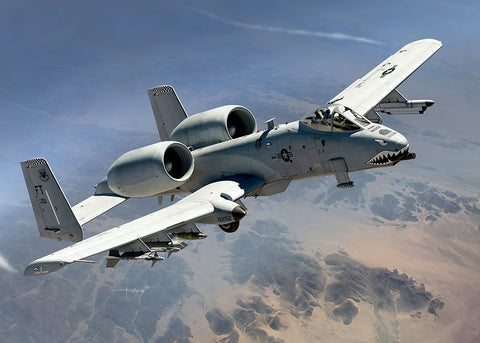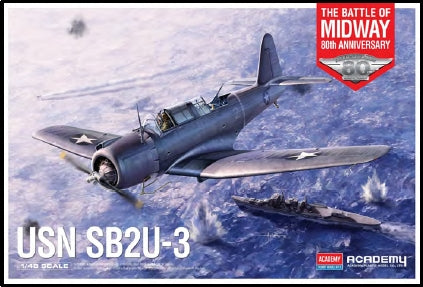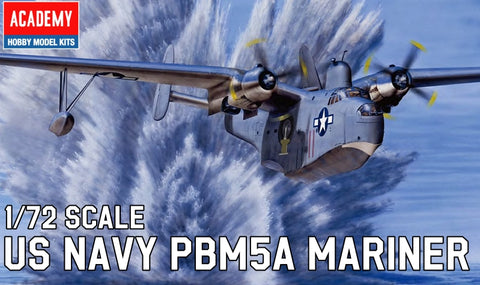CURRENTLY OUT OF STOCK
Most folks remember the 'Manhattan Project' which was the super-secret program to develop the first atomic bomb. Germany was working on their own atomic weapon which led to some famous bombing raids to delay their program. Even as the Manhattan Project moved forward, a parallel program was launched to find a bomber which could deliver an atomic bomb should the folks at Los Alamos succeed. Dubbed 'Silverplate', the search was on for a suitable aircraft. Early requirements estimated a weapon that would be 17 feet long and weigh over 10,000 pounds. The B-24 appeared to be a candidate but the Navy had failed to convert the aircraft to accommodate a torpedo in the bomb bay, so an atomic bomb wasn't going to work any better. The B-29 was also unsuitable as it had two 12 foot bomb bays divided by the wing main spar box. It was looking like the Avro Lancaster would become America's atomic delivery aircraft until the Chief of the USAAF, Hap Arnold, heard of this and dictated that the B-29 would be the weapon carrier.
During the B-29's wartime production run, a number of aircraft were diverted to Boeing/Wichita for conversion into Silverplate aircraft. As the bombs were developed and the bomb length was reduced to roughly 10 feet for both the fission and fusion bombs, flight testing of the Silverplate aircraft and dropping of 'shapes' required further developments that would result in a fleet of special aircraft that would not only deliver the two weapons to Japan, but would continue after the war as the first dedicated fleet of atomic bombers as part of the 509th Composite Group.
During the B-29's wartime production run, a number of aircraft were diverted to Boeing/Wichita for conversion into Silverplate aircraft. As the bombs were developed and the bomb length was reduced to roughly 10 feet for both the fission and fusion bombs, flight testing of the Silverplate aircraft and dropping of 'shapes' required further developments that would result in a fleet of special aircraft that would not only deliver the two weapons to Japan, but would continue after the war as the first dedicated fleet of atomic bombers as part of the 509th Composite Group.
|
Features and options in each kit:
The kit provides markings for the following five aircraft:
|









